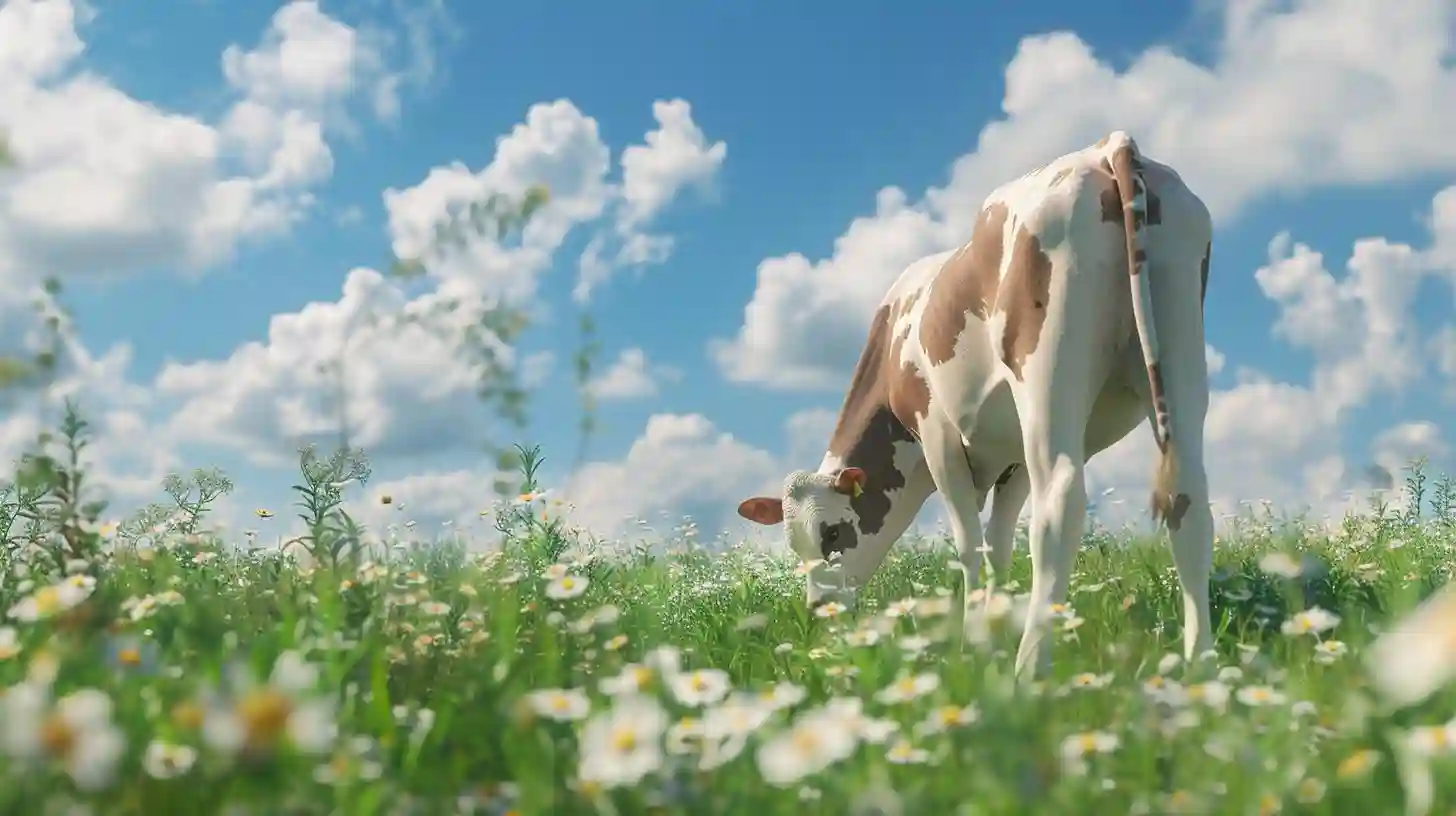
Cow breeding, an age-old practice with roots stretching back thousands of years, stands as a testament to human ingenuity and adaptability. The process is as much an art as it is a science, with traditions passed down through generations and innovative techniques continuously evolving to meet modern agricultural demands. This intricate dance involves selecting and pairing bovines to achieve specific traits, thereby improving productivity and ensuring the sustainability of livestock.
Understanding the history of cow breeding offers insight into how far the practice has come. Early humans domesticated wild cattle around 10,500 years ago. These herds formed the bedrock of ancient agrarian societies, providing essential resources such as milk, meat, leather, and labor. Over millennia, selective breeding strategies led to a wide variety of cow breeds tailored to different environments and purposes. By the Middle Ages, cattle breeding had become more sophisticated, with farmers selectively mating animals for characteristics like size, strength, or milk production.
In more recent times, the advent of modern genetics has revolutionized cow breeding. Gregor Mendel’s discoveries in the 19th century laid the groundwork for understanding the inheritance of traits, which was a breakthrough for agricultural sciences. The 20th century saw the application of genetic principles to cow breeding, with techniques such as artificial insemination and genetic testing becoming mainstream. Artificial insemination allowed for the widespread dissemination of desirable genes, drastically altering the genetic makeup of cattle populations. Genetic testing enabled breeders to screen for specific traits with high precision, ensuring that the best genes were passed on to future generations.
The economic implications of cow breeding are substantial. Dairy and beef industries rely heavily on genetics to maximize productivity and profitability. High-yielding dairy cows produce more milk, while beef cattle with optimal muscle composition can fetch higher market prices. Efficient cow breeding practices contribute to food security and the agricultural economy, supporting millions of livelihoods worldwide. Furthermore, improving disease resistance through selective breeding reduces veterinary costs and minimizes losses.
Environmental considerations also play a pivotal role in cow breeding. Climate change and resource scarcity demand resilient livestock that can thrive under varying conditions. Breeding for traits like heat tolerance and efficient feed conversion can mitigate the challenges posed by a changing climate. Additionally, breeds adapted to specific regions tend to require fewer resources, reducing their environmental footprint. Sustainable cow breeding practices, therefore, become crucial for balancing productivity with ecological stewardship.
Ethical considerations cannot be overlooked in the discussion of cow breeding. Selective breeding must be approached with a sense of responsibility for animal welfare. Overemphasis on certain traits can lead to health problems; for instance, high milk production in dairy cows is often associated with udder infections and metabolic disorders. There is a moral imperative to ensure that breeding programs prioritize the well-being of animals alongside economic gains.
Cow breeding is not a monolithic practice but a diverse array of strategies tailored to different purposes and regions. Dairy breeding focuses on traits like milk yield, fat content, and calving ease, whereas beef breeding emphasizes muscle mass, growth rate, and carcass quality. Additionally, dual-purpose breeds provide both milk and meat, striking a balance between the needs of dairy and beef production. Different societies and cultures have their breeding priorities, reflecting local needs and environmental conditions. For example, in arid regions, breeds like the Sahiwal or Boran cattle are prized for their heat tolerance and ability to thrive on sparse vegetation.
Technological advancements continue to reshape cow breeding in the 21st century. Genomic selection enables breeders to make more accurate predictions about an animal’s genetic potential. This method uses DNA markers spread across the genome to estimate breeding values for various traits, leading to faster and more reliable genetic progress. Cloning and genetic engineering, though controversial, also hold the potential to introduce beneficial traits rapidly. However, these technologies bring ethical concerns and regulatory challenges that must be carefully navigated.
Far from being a static practice, cow breeding is a dynamic and evolving field that must adapt to an ever-changing world. Breeders face the constant challenge of balancing tradition with innovation, economic viability with ethical considerations, and productivity with sustainability. The future of cow breeding lies in embracing holistic approaches that integrate genetic advancements, environmental stewardship, and animal welfare. Collaborative efforts between scientists, farmers, and policymakers will be essential to ensure that cow breeding continues to contribute to global food security and sustainability.
Education and knowledge sharing are pivotal in advancing cow breeding practices. Farmer training programs, extension services, and research initiatives disseminate best practices and innovative techniques. These educational efforts help bridge the gap between scientific research and practical application, ensuring that breeders worldwide benefit from the latest advancements. Moreover, preserving traditional knowledge and indigenous practices enriches the collective understanding of sustainable breeding techniques.
Consumer preferences also influence cow breeding objectives. The demand for organic, grass-fed, and humanely raised beef and dairy products is rising, driving breeders to prioritize traits that align with these market trends. Transparency in breeding practices and product labeling builds consumer trust and allows ethical considerations to play a more prominent role in the market. As consumers become more conscious of their food choices, the intersection of ethics, sustainability, and profitability in cow breeding becomes increasingly significant.
Cow breeding is a multifaceted practice that intersects with various facets of society, economy, and environment. From its ancient origins to the cutting-edge technologies of today, cow breeding has continuously evolved to meet the needs of human populations. The challenges of the future, such as climate change and ethical concerns, demand a balanced and forward-thinking approach to breeding practices. By embracing innovation, preserving tradition, and prioritizing sustainability, cow breeding can continue to play a vital role in ensuring food security and ecological balance for future generations.